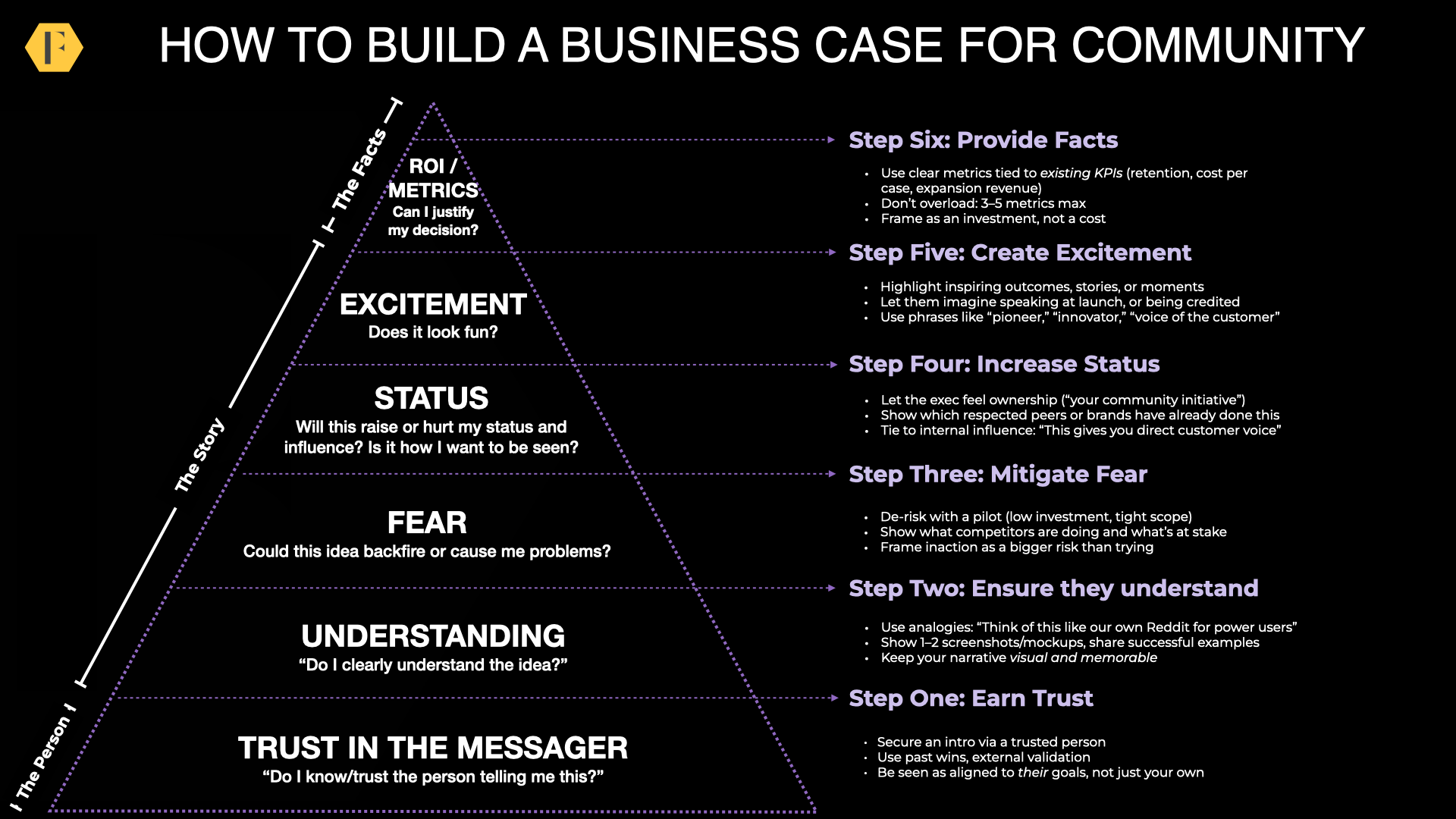Communities and retention sound like a perfect match. But they’re not.


Communities and retention sound like a perfect match. But they’re not.

If you force everyone to use their real names be aware:
1) People are afraid to ask questions that will make them look bad in front of friends/colleagues.
2) It’s common for people to search for website activity of their boss, colleagues, recruits, friends, and relationship partners.
3) Many languages use letters and diacritics that don’t appear in the English (or even the Latin) alphabet.
4) The EU’s right to be forgotten law technically requires you to delete the entire history of contributions of inactive members after a specific period of time.

You might also notice from yesterday’s post that a community needs a few hundred posts per month to sustain any level of viability.
A challenge with any client when we begin a community project is to ramp up quickly to 300+ posts per month.
If you’re falling below that level, you’re probably not going to make it.

See the data below from 20 communities we’re tracking below (selected relatively at random). The Y-axis is the total number of posts. You should hopefully notice the irrelevancy of spikes.
A sudden surge of activity is not a portent of future success. In fact, it often appears between a sudden, sharp, decline (I suspect it’s a community manager taking a desperate action).

Working solo under the radar is a useful practice. You have no budget, but no expectations. That’s a useful shield. It lets you test and refine different community concepts. If you begin the community as a major project, with a big budget and a big announcement (the dreaded big launch), the pressure is on. You only have one chance to get this right.

Some people were afraid to post using their real names. So we recently switched on anonymous posting in our community. This could be a powerful tool if it were a ‘tick box’ alongside a comment someone was writing (like submitting reviews on our online community platform comparison tool below). It doesn’t work well on Discourse. On Discourse it’s a strange symbol hidden beneath an avatar option no-one will see. Nice idea, bad implementation.

If the first question is what do you want a visitor to do, the second is what do you want a visitor to your online community to know?
Do you want them to know this site is unique or special in some way? If so the site has to offer something unique or different from any other community in its field. This will require custom development. Place it prominently.
Do you want them to know this is a popular place to hang out? If so, show lots of activity taking place, display the number of members participating, and highlight any other success metrics.

Continuing our platform-themed week; a quick primer for those looking at costs of community platforms.
Pricing
The pricing structure of Lithium, Jive, Salesforce, Telligent, and most community platforms today is typically based upon monthly or annual usage tiers.
In theory, this means you begin at a low level (usually an estimate based upon existing traffic to your website) and gradually pay more as the community grows. In practice, you’re more likely to be transitioning from one platform to another and stay within a single pricing tier.
The objective of tiers is to make the community affordable to more organizations but create a ‘lock in’ to the platform as your community (and presumably your investment in the community) grows.

Do you think Reddit’s homepage would be better if it was shorter?
What if it was divided into different sections with a featured top 5 list, a place to get involved, a place to search, and a big graphic announcing members can ‘join, share, and connect’ with people like themselves?
It’s important to double-down on the most important call to action instead of trying to cater to every possible CTA. Almost every wildly successful community I can think of doubled-down on a single CTA instead of appeal to every possible CTA.